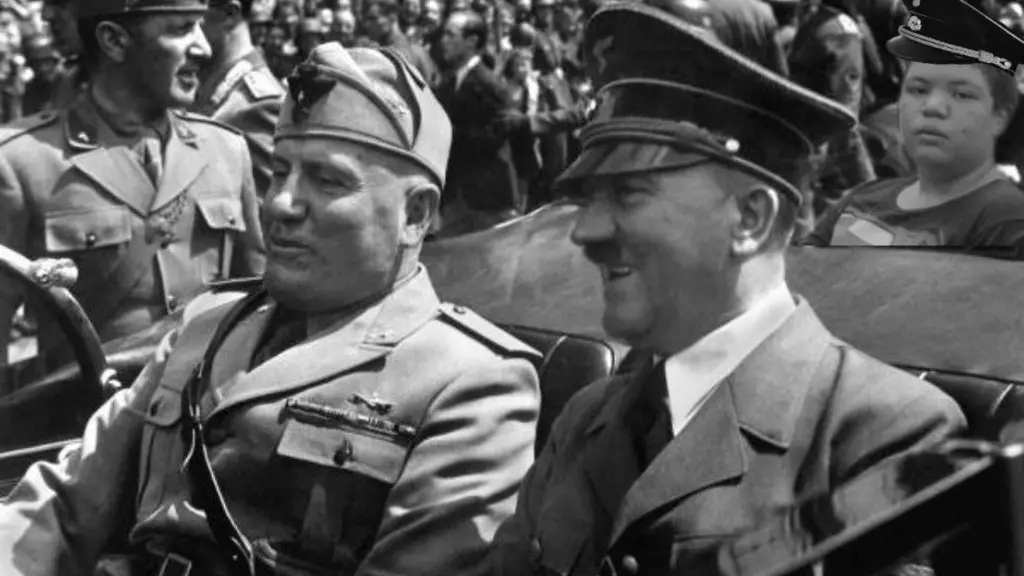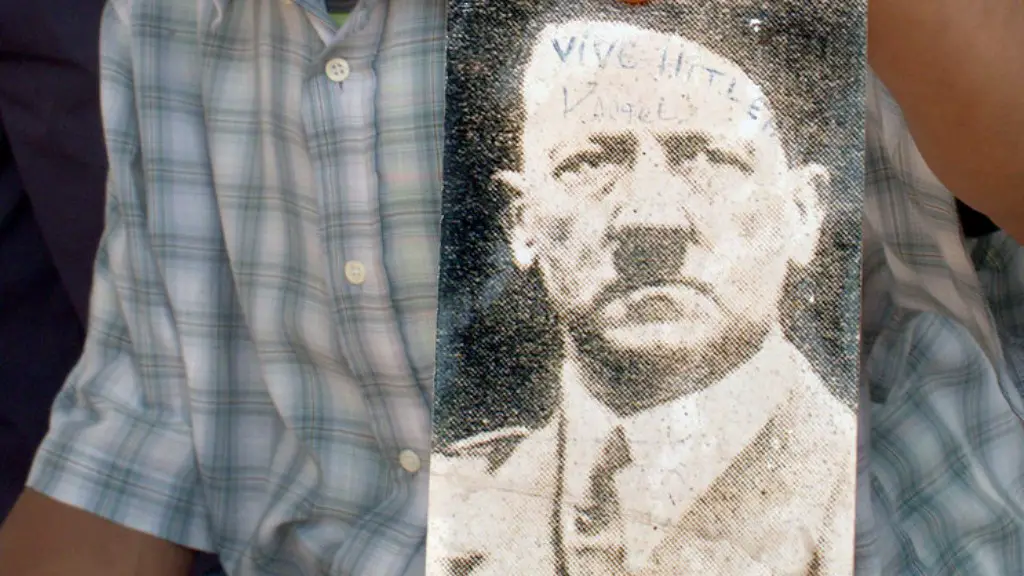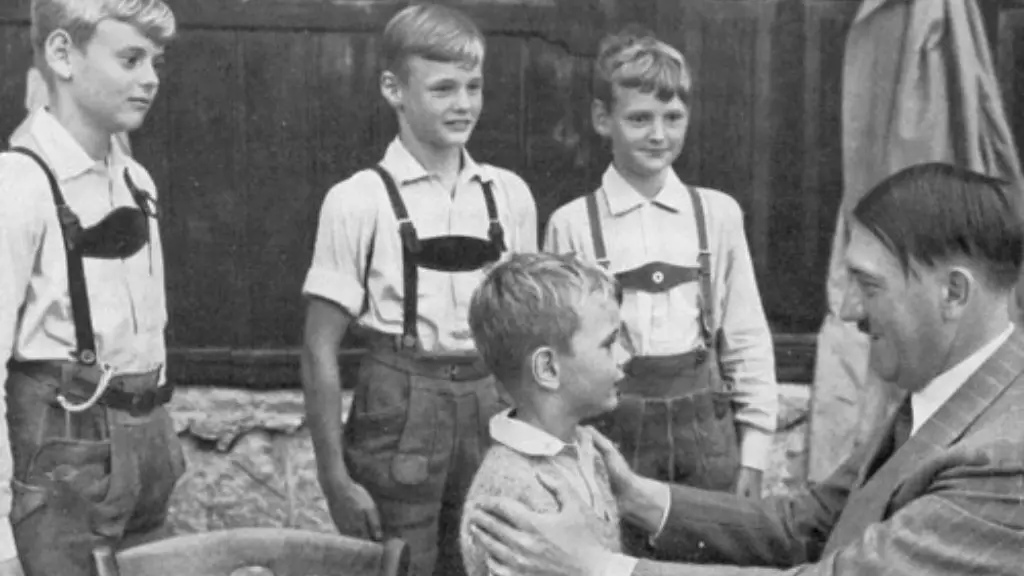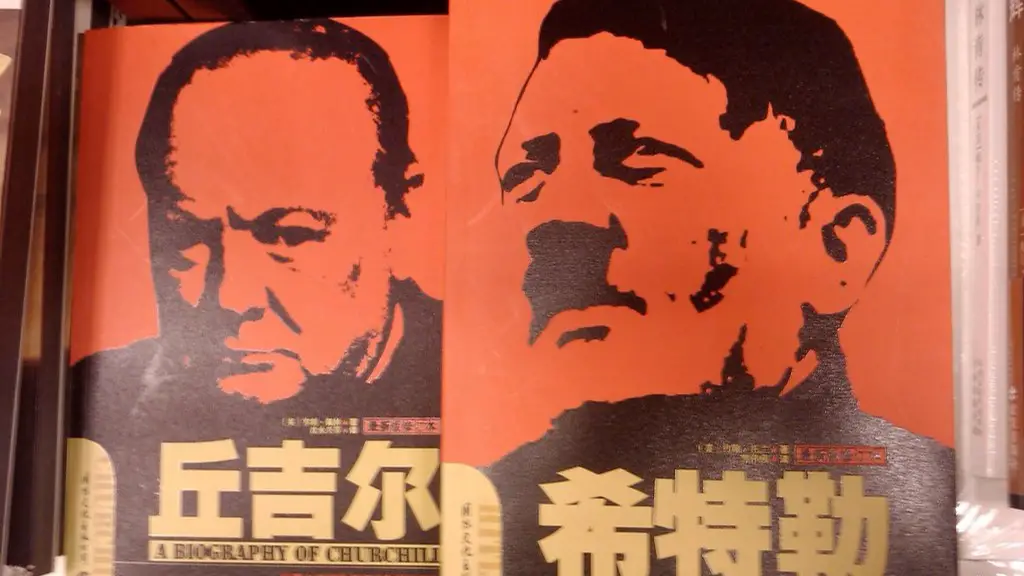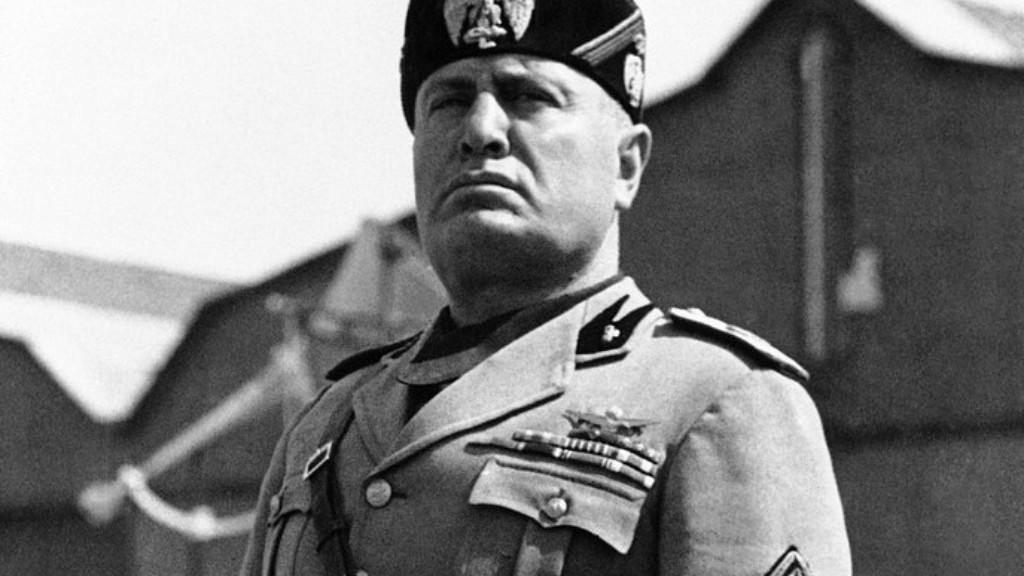Benito Mussolini ruled Italy as a dictator from 1922 until 1943. He imposed totalitarian rule and crushed all opposition. He was a master of propaganda and violence. He allied with Nazi Germany during World War II.
Benito Mussolini was the fascist dictator of Italy from 1922 to 1943. He rose to power as the leader of the National Fascist Party, promising to revive the economy and bring glory to the nation. Mussolini kept his promises initially, but his aggressive dictatorship and militarism eventually led to the downfall of the Italian state.
How did Mussolini rule in Italy?
Mussolini was a dictator who ruled with an iron fist. He was known for his cult of personality and his ability to project himself as an all-powerful and indispensable leader. His government expelled all opposition, including Socialist members and arrested all Communist members of Parliament.
Mussolini was a dictator who pioneered many key tactics that would be used by other dictators in the future. He experimented with socialism as a young man, but as Europe was consumed by World War I he was drawn to nationalism. He would later use his power to undermine judges, indoctrinate children, and consolidate his power.
What type of government did Benito Mussolini have
The government of Italy went through a major transformation in the early 1920s, when the country shifted from a mix of different political parties to a one-party dictatorship under the National Fascist Party. This change was largely due to the leadership of Benito Mussolini, who rose to power in 1922 and consolidated his hold on the country over the next two decades. Under Mussolini, the government became increasingly authoritarian and repressive, ultimately leading to Italy’s involvement in World War II.
The Fascists march on Rome in 1922 was a turning point in Italian history. This event led to the king giving Mussolini power over Italy and the Fascist party. Mussolini used his power to suppress rival parties, muzzle the press, and rig elections. He also recognized the Vatican city as an independent state. This gave the Fascists a stranglehold on power in Italy and set the stage for their brutal dictatorship.
What was Mussolini’s main goal for Italy?
Mussolini’s goal was to establish himself as a dictator, and he did this by constructing the Italian parliament such that it benefitted the fascists. By doing this, he was able to gain more control over the government and the people, and eventually be referred to as ‘Il Duce’ or ‘the Leader’. The Italian totalitarian state operated a few key elements under Mussolini’s rule, such as complete control over the media and propaganda, strict censorship, and a secret police force.
Mussolini’s rise to power can be attributed to two main features, his talent in journalism and his recognition of the importance of the media.
Mussolini was born in Northern Italy in a town called Dovia di Predappio. He started his career as a journalist and quickly rose to prominence due to his writing skills and his forceful personality. He soon recognized the power of the media and used it to his advantage, becoming one of the most powerful men in Italy.
What did Mussolini do to improve Italy?
Under Mussolini, public works construction progressed rapidly throughout Italy. Around 400 bridges, 4,000 miles of roads, and numerous buildings for fascist party offices, post offices, and sports arenas were built. Mussolini promised that within five years, Italy would become as powerful as it was during the time of the Augustan empire.
Mussolini’s fascism was a political philosophy that exalted the state above the individual. It was an alternative to socialist radicalism and parliamentary inaction. Mussolini promised that fascism would end political corruption and labor strife while maintaining capitalism and private property.
What did fascism do to Italy
Fascism had a profound impact on Italian society. It created a one-party state, which claimed to control all aspects of life. This had a particularly profound impact on the economy, education, and family life. Fascism also had a significant impact on leisure pursuits, as it sought to promote a particular brand of “Italian-ness”.
Mussolini was a fascist dictator who ruled Italy from 1922 until 1943. He was known for his aggressive rhetoric and his totalitarian rule. Mussolini was Europe’s first 20th-century fascist dictator, and the word fascism comes from the far-right movement he led in Italy. Mussolini was overthrown in 1943 and executed in 1945.
How did Mussolini establish a dictatorship?
Many historians believe that the moment when Mussolini became dictator of Italy was when he gave a speech to the Italian parliament on January 3, 1925. In this speech, Mussolini asserted his right to supreme power, effectively making him the dictator of Italy. This event was a significant turning point in Italian history, as it marked the beginning of Mussolini’s totalitarian regime.
There are a few key ways in which fascism and communism differ. Most notably, fascism is a nationalistic, top-down system with rigid class roles, while communism advocates for a classless society. Fascism also has a leader who holds all the power, while communism theory holds that power should be shared among the people. Finally, communism calls for international solidarity and workers’ rights, while fascism pits groups against each other and encourages xenophobia.
How did Mussolini achieve totalitarianism in Italy
The March on Rome was a series of planned demonstrations by the Fascists in Italy to take over the government. Mussolini was named Prime Minister by the King of Italy, and it seemed like everything was falling into place for a Fascist revolution. They would destroy their political opponents and, under Mussolini’s leadership, create a totalitarian state.
Fascism ultimately collapsed due to a combination of military defeats by the Allies and rebellion from within. The strikes by industrial workers in northern Italy were a key factor in sparking the internal rebellion against fascism.
What methods did leaders use to take power Italy?
The leader in question, Benito Mussolini, used a number of methods to take power in Italy. Firstly, he put his people into a new Italy Militia which helped to build support for him. Secondly, Mussolini made a law through the legislature which allowed the Fascists to secure a majority in parliament. Finally, Mussolini got the support of the Catholic Church by signing a treaty with the Pope.
Mussolini’s support for the Italian military participation in World War I led to a split with the socialists. Mussolini became an ardent Italian nationalist, believing in a national struggle that transcended class lines. By 1918, Mussolini was a committed fascist.
What was Mussolini’s weakness
Mussolini was a controversial leader of Italy. He had many strengths, such as his consolidation of power, use of propaganda, and mending relations with the Catholic church. However, he also had weaknesses, such as his ill-thought out economic policies, foreign policy, and Nazi relations.
Mussolini was a very influential speaker and knew how to garner support for his cause. He spoke of corruption and needing order, which appealed to many people. Additionally, his pledge to turn the Mediterranean into a “Roman lake” really struck a chord with those who longed for the Roman Empire’s return to glory.
Conclusion
Mussolini came to power in 1922 and ruled Italy as a dictator until 1943. He initially ruled as a member of the National Fascist Party, but later declared himself the head of state. Mussolini pursued a number of policies during his time in power, including expanding the Italian empire, cracking down on dissent, and aligning himself with Nazi Germany.
Benito Mussolini ruled Italy in a very dictatorial way. He used propaganda to control the media and allow himself to become a cult of personality. He also instituted strict controls on the economy and labor force, which helped to spur economic growth and bring about social reform. However, his rule was ultimately characterized by totalitarianism and repression, which led to the downfall of his regime.
